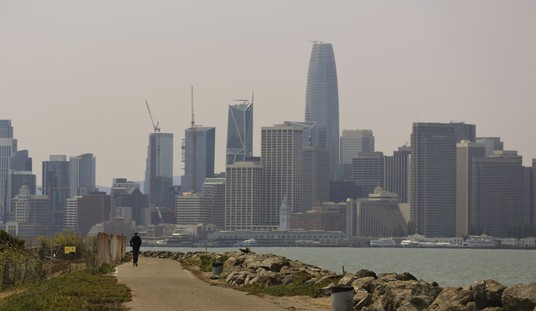Lost in all the screeching over the Citizens United ruling two years ago was the fact that unions have largely been exempt from campaign-finance restrictions on speech. Unions spent a fortune in 2010, far more than the corporations will in this election, no matter what the hysterics think. In fact, according to FEC reports from that election, unions accounted for three of the top five outside groups in spending for the midterms — specifically, public-sector unions AFSCME, SEIU, and the NEA.
Today, the Wall Street Journal reports that even those numbers are deceiving as to the real spending by unions, with or without Citizens United. They calculate that the total amount contributed by unions in elections and in lobbying may be four times larger than what appears in the FEC reports:
Organized labor spends about four times as much on politics and lobbying as generally thought, according to a Wall Street Journal analysis, a finding that shines a light on an aspect of labor’s political activity that has often been overlooked. …
The new figures come from a little-known set of annual reports to the Labor Department in which local unions, their national parents and labor federations have been required to detail their spending on politics and lobbying since 2005.
This kind of spending, which is on the rise, has enabled the largest unions to maintain and in some cases increase their clout in Washington and state capitals, even though unionized workers make up a declining share of the workforce. The result is that labor could be a stronger counterweight than commonly realized to “super PACs” that today raise millions from wealthy donors, in many cases to support Republican candidates and causes.
The hours spent by union employees working on political matters were equivalent in 2010 to a shadow army much larger than President Barack Obama’s current re-election staff, data analyzed by the Journal show.
The difference comes in union communications to members, which don’t have to be reported to the FEC, as well as a host of organizing activities that relate directly to politics and lobbying. It does, however, have to be reported to the Labor Department, but those reports are often overlooked. The WSJ shows the disparity between FEC and Labor reporting in this sidebar graphic.
In looking at this graphic, it’s clear that Democrats — which receive nearly all of union donations and support in elections — had their first billion-dollar-plus campaign in 2008, not in 2012. The FEC-reported combination of political spending in 2010 for the three big PEUs was $171.5 million, but that’s dwarfed by the actual level of political activism from Big Labor in that cycle, which went above $1.3 billion, when counting 2009 and 2010 together. And Democrats still lost in those midterms — by a wide margin.
Remember this when the Left complains that Republicans and Mitt Romney want to buy elections, or that corporate political needs to be restricted or barred altogether from the political process. Until Citizens United, Big Labor — which has a vested interest in continually growing the size of government at all levels and electing the politicians with whom they get to negotiate their contracts — not only had the field mostly to themselves, but they also had a stealth campaign environment which gave them vastly more influence than anyone realized.









Join the conversation as a VIP Member